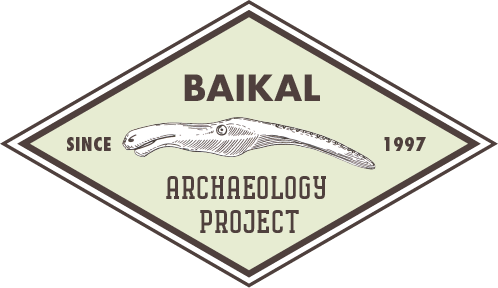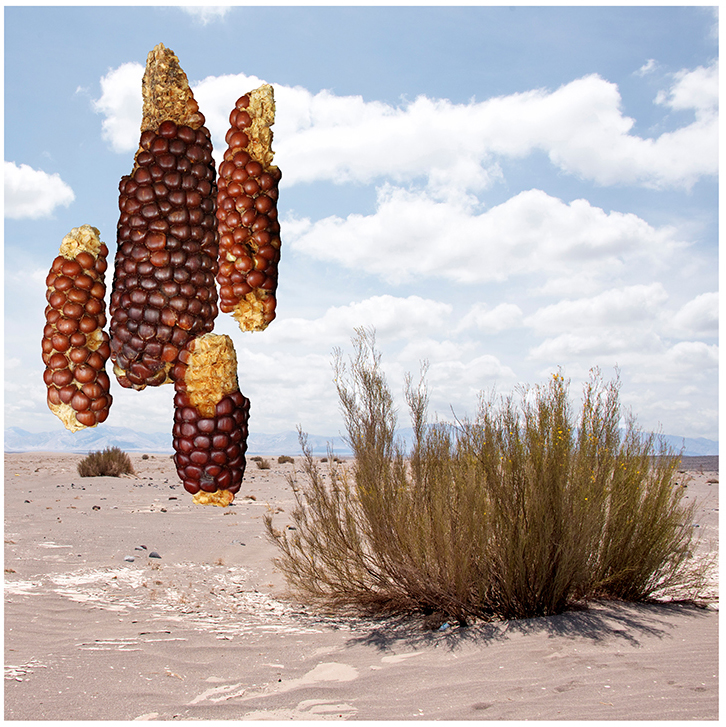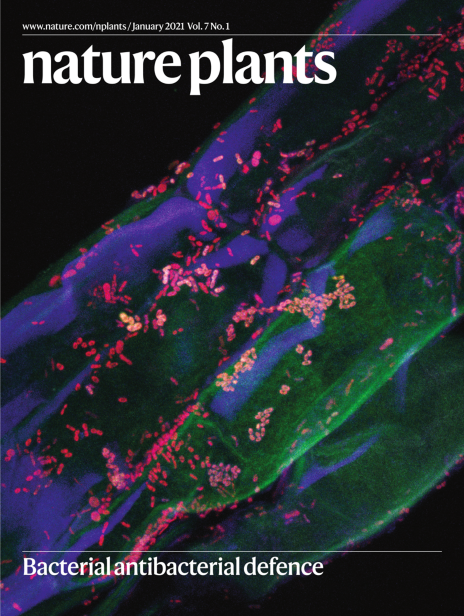Congratulations to Dr. Rick Schulting and co-authors on the recent publication of their article in Nature Plants!
Title: ‘White gold’ guano fertilizer drove agricultural intensification in the Atacama Desert from AD 1000
Abstract: The archaeological record shows that large pre-Inca agricultural systems supported settlements for centuries around the ravines and oases of northern Chile’s hyperarid Atacama Desert. This raises questions about how such productivity was achieved and sustained, and its social implications. Using isotopic data of well-preserved ancient plant remains from Atacama sites, we show a dramatic increase in crop nitrogen isotope values (δ15N) from around ad 1000. Maize was most affected, with δ15N values as high as +30‰, and human bone collagen following a similar trend; moreover, their carbon isotope values (δ13C) indicate a considerable increase in the consumption of maize at the same time. We attribute the shift to extremely high δ15N values—the highest in the world for archaeological plants—to the use of seabird guano to fertilize crops. Guano—‘white gold’ as it came to be called—thus sustained agricultural intensification, supporting a substantial population in an otherwise extreme environment.



